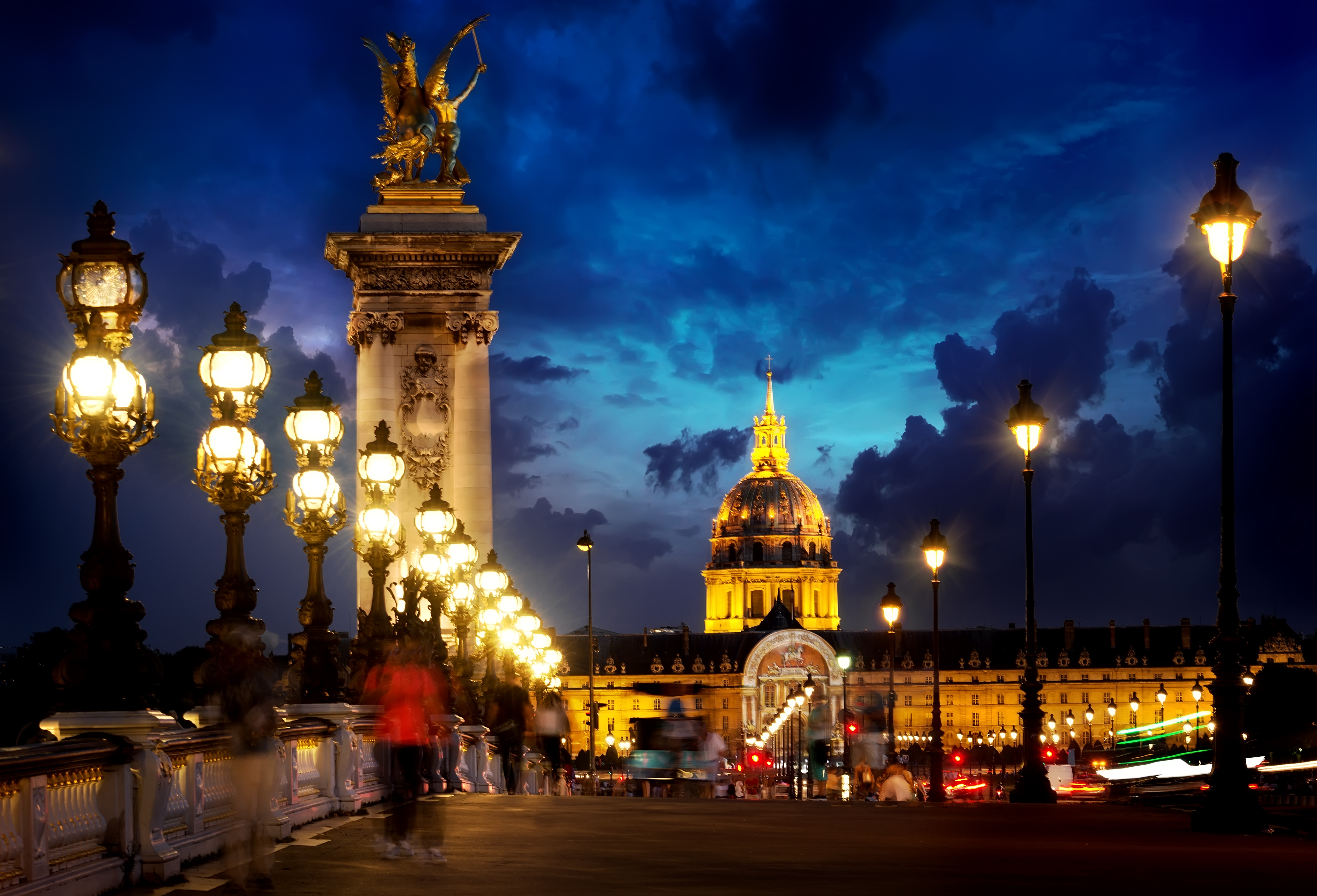11 Real-Life Crime Scenes Turned Tourist Attractions
In the realm of travel, the pursuit of the unusual and the macabre has seen a significant rise, with real-life crime scenes transforming into unexpected hotspots for tourists. This phenomenon, often termed "dark tourism," taps into the human fascination with death, tragedy, and the enigmatic allure of the unknown. From the infamous Jack the Ripper tours in London to the eerie remnants of Alcatraz, these sites offer a unique blend of history, mystery, and the chilling reality of human nature. The allure of these locations lies not just in their grim pasts but in their ability to tell stories that are as captivating as they are unsettling. Each site, with its own grisly history, invites visitors to step back in time and explore the darker chapters of human history, providing a lens through which we can examine societal fears, curiosities, and the complex interplay between crime and culture. As we delve deeper into this chilling yet fascinating world, we explore how these crime scenes have evolved from places of horror to popular tourist destinations, each with its own story to tell.
1. Alcatraz Island: From Prison to Popularity

Alcatraz Island, once home to some of America’s most notorious criminals, is now a bustling tourist attraction. Located in the San Francisco Bay, Alcatraz operated as a federal prison from 1934 to 1963, housing infamous figures like Al Capone and Robert Stroud, the "Birdman of Alcatraz." The island's isolated location and its reputation for being inescapable added to its infamy. Today, visitors flock to Alcatraz to explore its haunting corridors and learn about its storied past. The National Park Service offers guided tours that delve into the prison's history, its infamous inmates, and the daring escape attempts that have become the stuff of legend. The eerie atmosphere of the abandoned prison, coupled with breathtaking views of San Francisco, creates a unique juxtaposition that attracts millions each year. Alcatraz stands as a testament to America’s penal history and a symbol of the human spirit's resilience and ingenuity.
2. The Infamy of the Lizzie Borden House
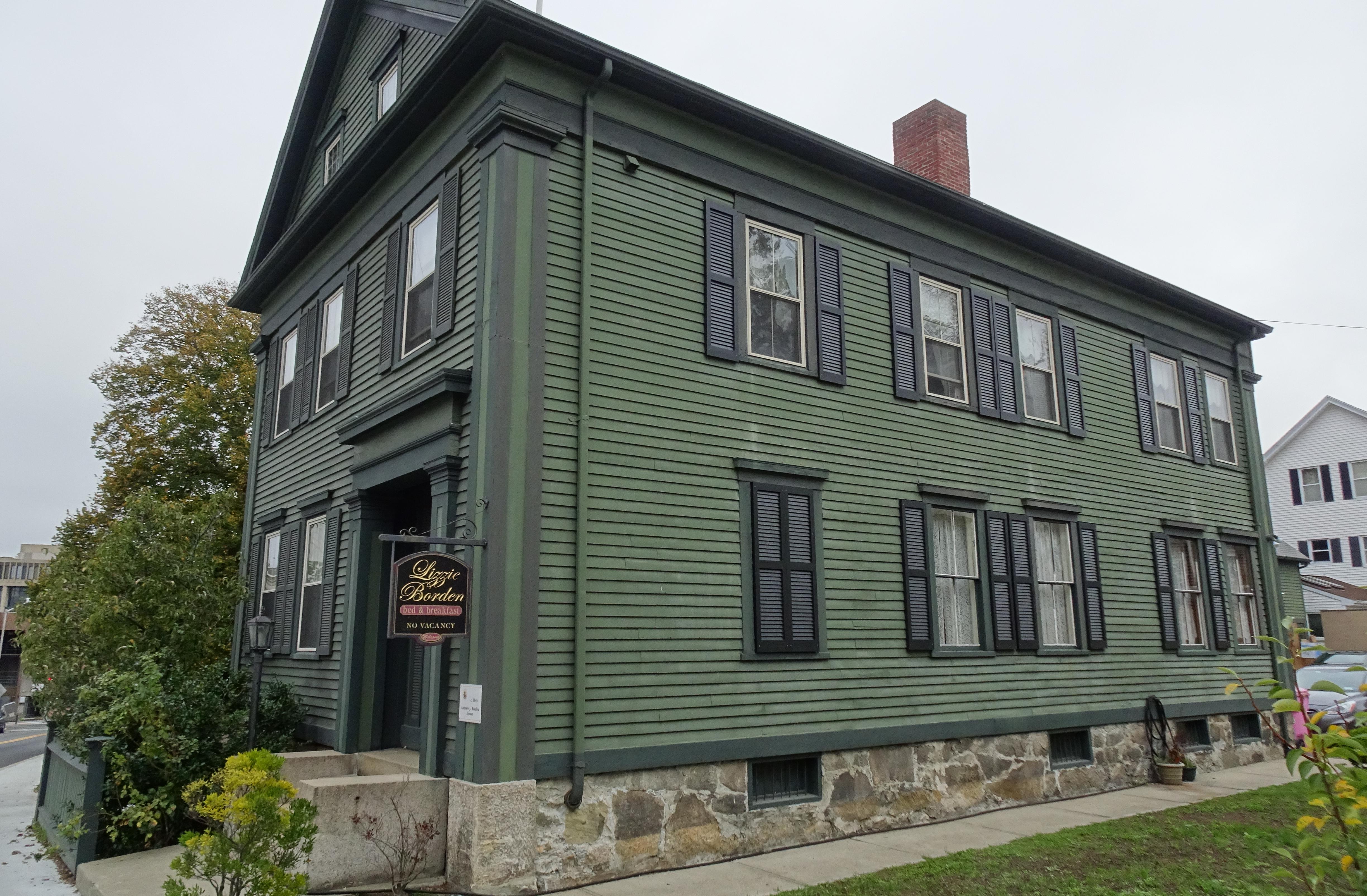
In Fall River, Massachusetts, the Lizzie Borden House stands as a chilling reminder of one of America’s most infamous murder cases. In 1892, Andrew and Abby Borden were found brutally murdered in their home, and Lizzie, Andrew’s daughter, was accused of the crime. Despite being acquitted, Lizzie’s name became synonymous with the axe murders. Today, the Borden house operates as a bed-and-breakfast and museum, offering guests the chance to sleep in the same rooms where the murders occurred. Visitors can take guided tours that explore the details of the case, examine the evidence, and delve into the theories surrounding the murders. The house is meticulously preserved to reflect its 19th-century appearance, allowing guests to step back in time and experience the chilling atmosphere firsthand. The combination of historical intrigue and the thrill of staying in a purportedly haunted house makes the Lizzie Borden House a unique and popular destination for crime enthusiasts.
3. The Tragic Tale of the Jonestown Massacre
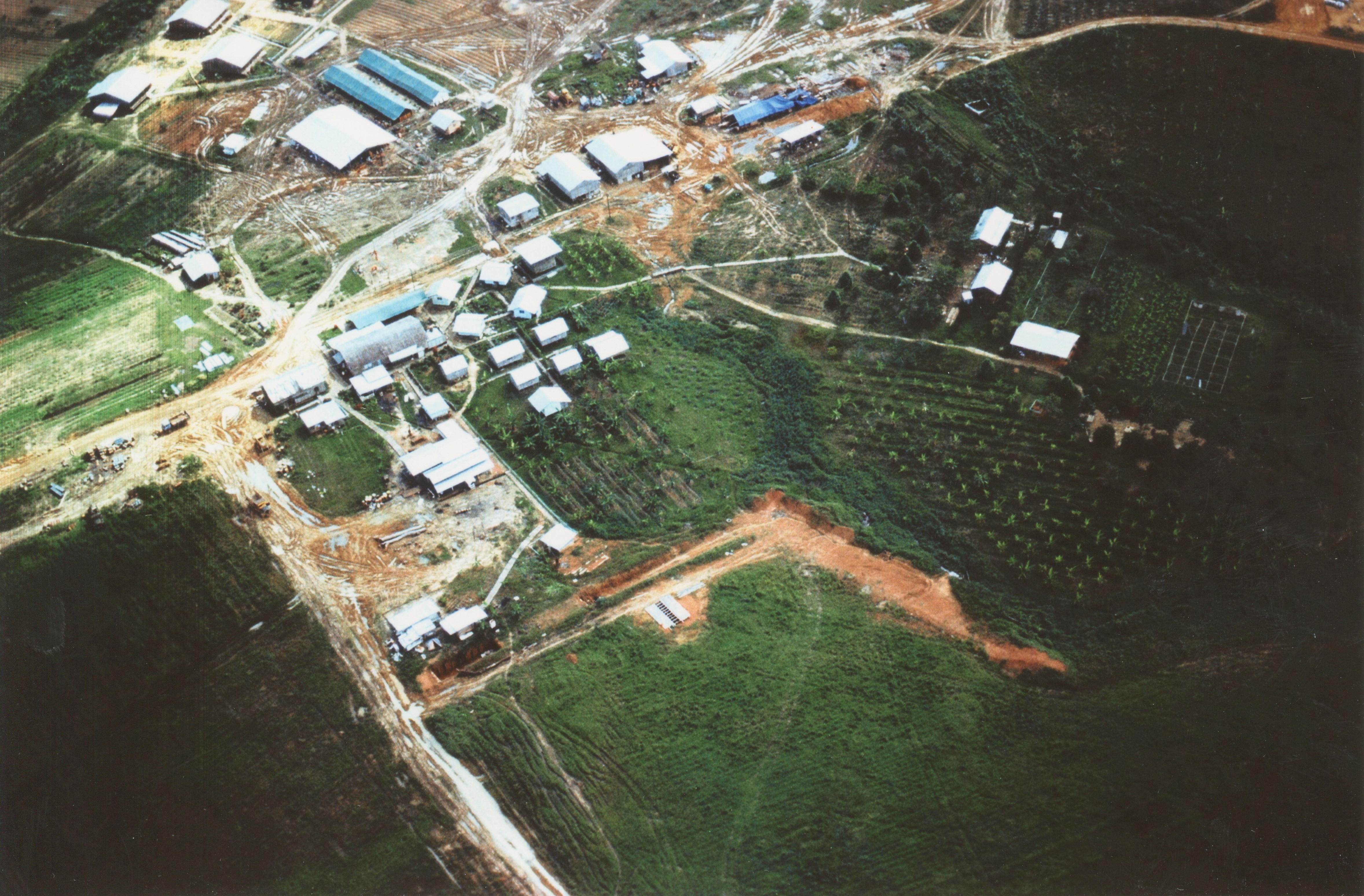
The site of the Jonestown Massacre in Guyana is a haunting reminder of the dangers of cults and charismatic leaders. In 1978, over 900 members of the Peoples Temple, led by Jim Jones, died in a mass murder-suicide, one of the largest losses of American civilian life in a deliberate act until September 11, 2001. While the site itself is remote and difficult to access, it remains a point of interest for those studying cult dynamics and the psychology of control. Documentaries, books, and academic studies continue to explore the events leading up to the massacre, the mindset of the victims, and the legacy of Jim Jones. The Jonestown Massacre serves as a cautionary tale about the power of manipulation and the vulnerabilities of human nature. The tragedy’s impact on society and its place in the annals of dark tourism underscore the enduring fascination with cults and their catastrophic potential.
4. The Cecil Hotel – Los Angeles, California
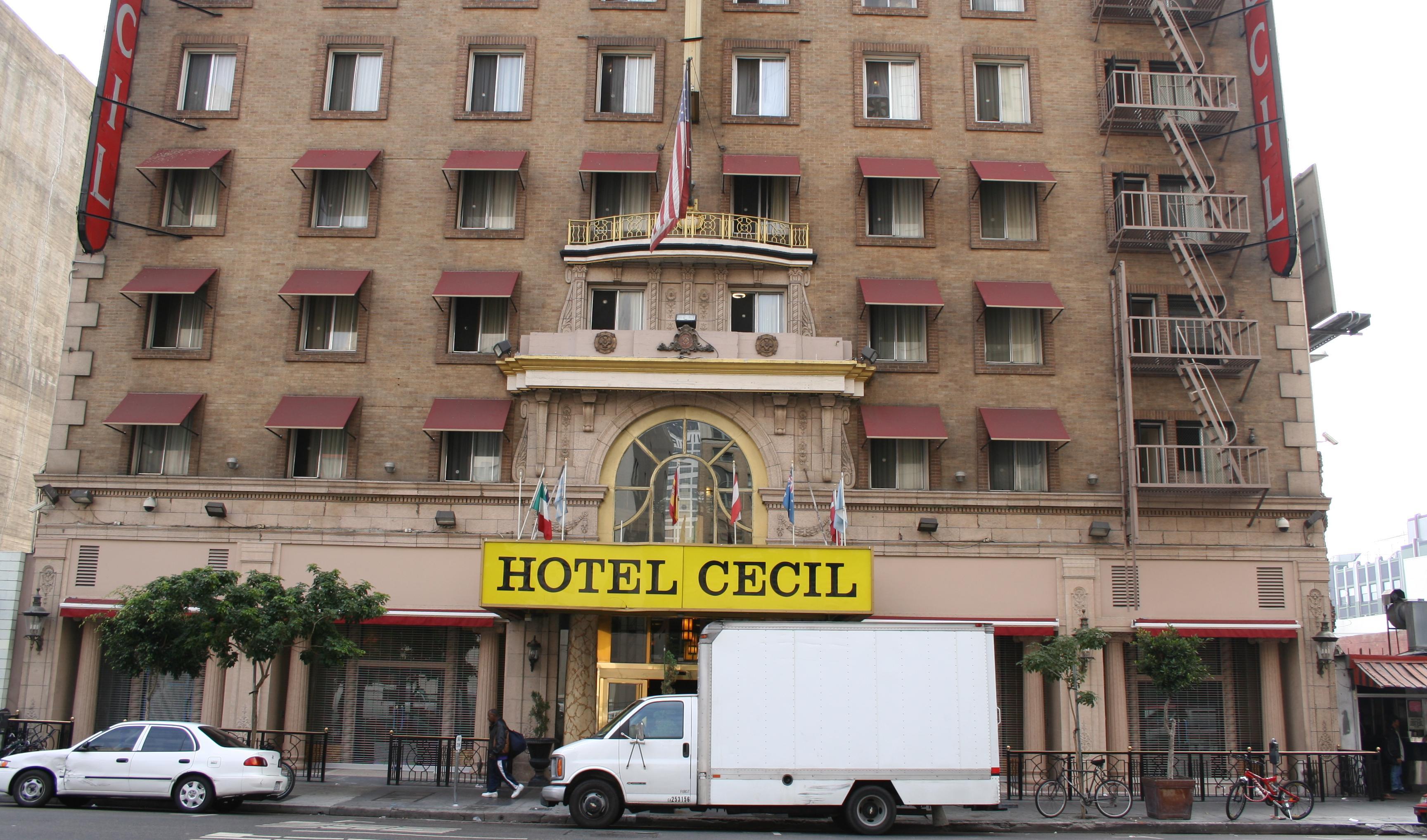
Infamous for its dark history, the Cecil Hotel in downtown LA has long been associated with mysterious deaths, suicides, and unsettling urban legends. But it was the 2013 disappearance and death of Elisa Lam—captured in the now-viral elevator footage and explored in Netflix’s Crime Scene: The Vanishing at the Cecil Hotel—that turned this once-forgotten building into a true crime pilgrimage site. Though it has since been rebranded, curious visitors still seek to glimpse its haunted history. Tours of the neighborhood often include the site, tapping into LA’s long-standing reputation for glamor and darkness colliding.
5. The Watts Family Home – Frederick, Colorado
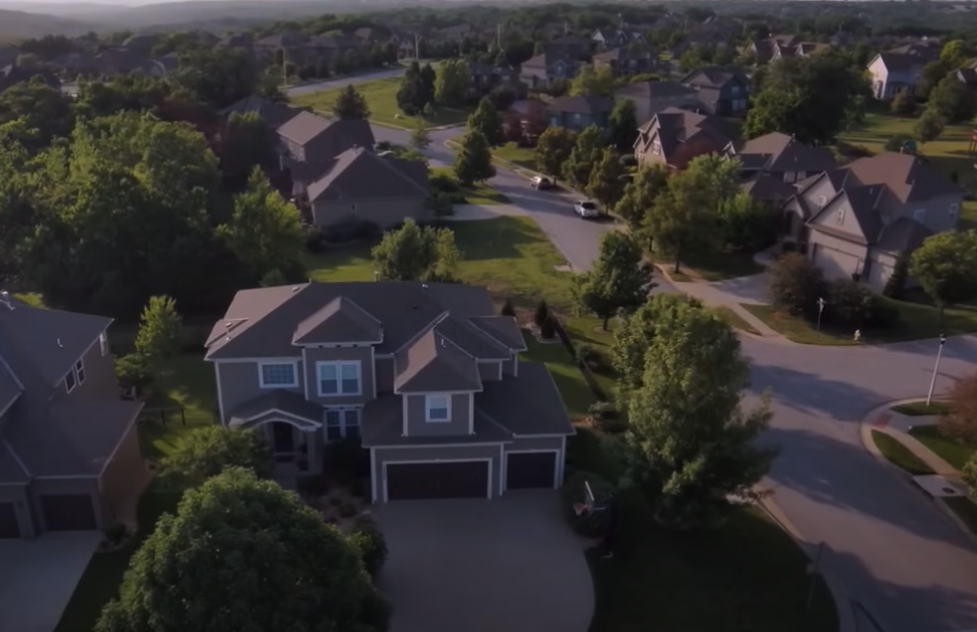
The 2018 murder of Shanann Watts and her two daughters by her husband Chris Watts shocked the world—and was later chronicled in the Netflix documentary American Murder: The Family Next Door. Though the actual home in Frederick, Colorado is privately owned and not open to the public, it continues to attract onlookers and those seeking a deeper connection to the story. Local officials have discouraged visits, but it remains a focal point of true crime interest, raising questions about how suburban normalcy can mask chilling realities.
6. The Delphi Murders Site – Delphi, Indiana
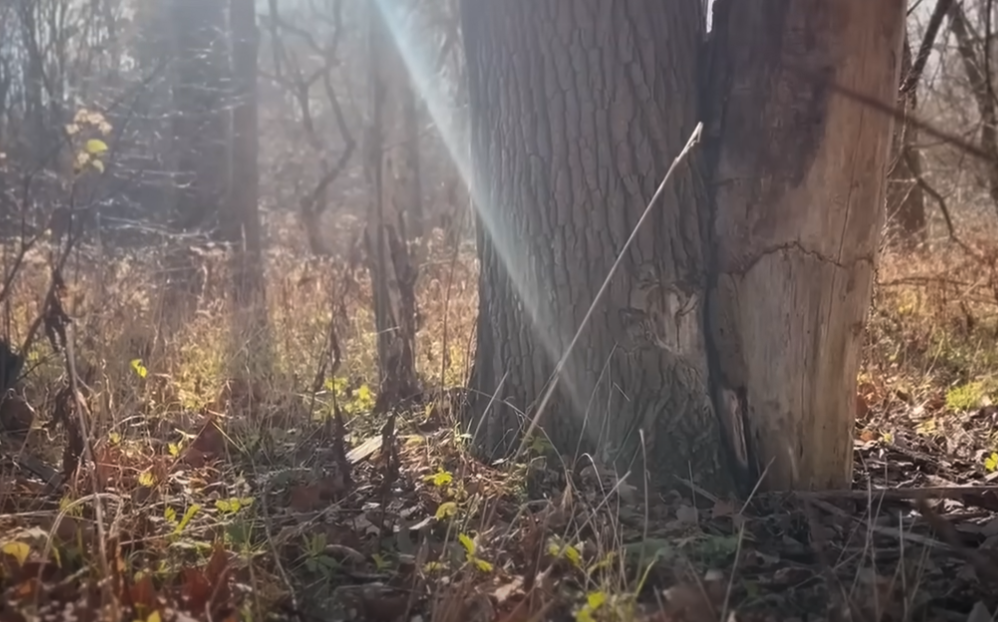
The unsolved 2017 murders of teenagers Abigail Williams and Liberty German in Delphi, Indiana, gripped the nation and spawned countless online investigations and podcasts. The case received renewed interest after an arrest in 2022, adding a new chapter to an already chilling narrative. The Monon High Bridge Trail, where the girls were last seen, has become an eerie site of remembrance and curiosity. Visitors walk the same trail—once peaceful, now laden with symbolic weight—as the girls did, paying their respects and following the path that led to a national manhunt.
7. The Villisca Axe Murder House – Villisca, Iowa
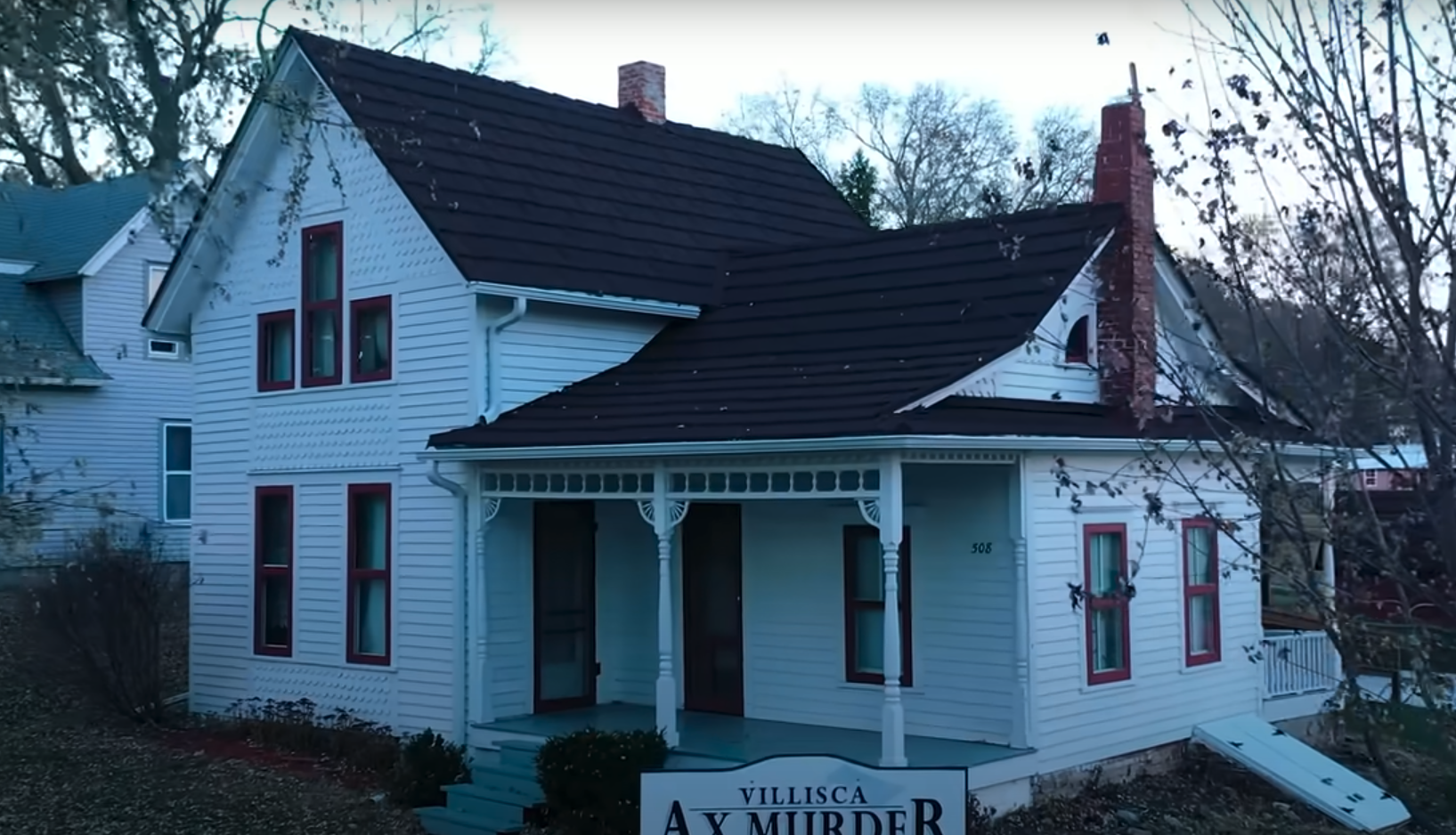
In 1912, the Moore family and two overnight guests were brutally murdered in their sleep with an axe. The crime was never solved, and the home in Villisca, Iowa has been preserved exactly as it was over a century ago. Now open for daytime tours—and overnight stays for the brave—the house offers a deeply unsettling, immersive true crime experience. Paranormal investigators and true crime fans alike visit in hopes of unraveling the mystery or experiencing the home’s alleged supernatural activity.
8. The West Mesa Bone Collector Site – Albuquerque, New Mexico
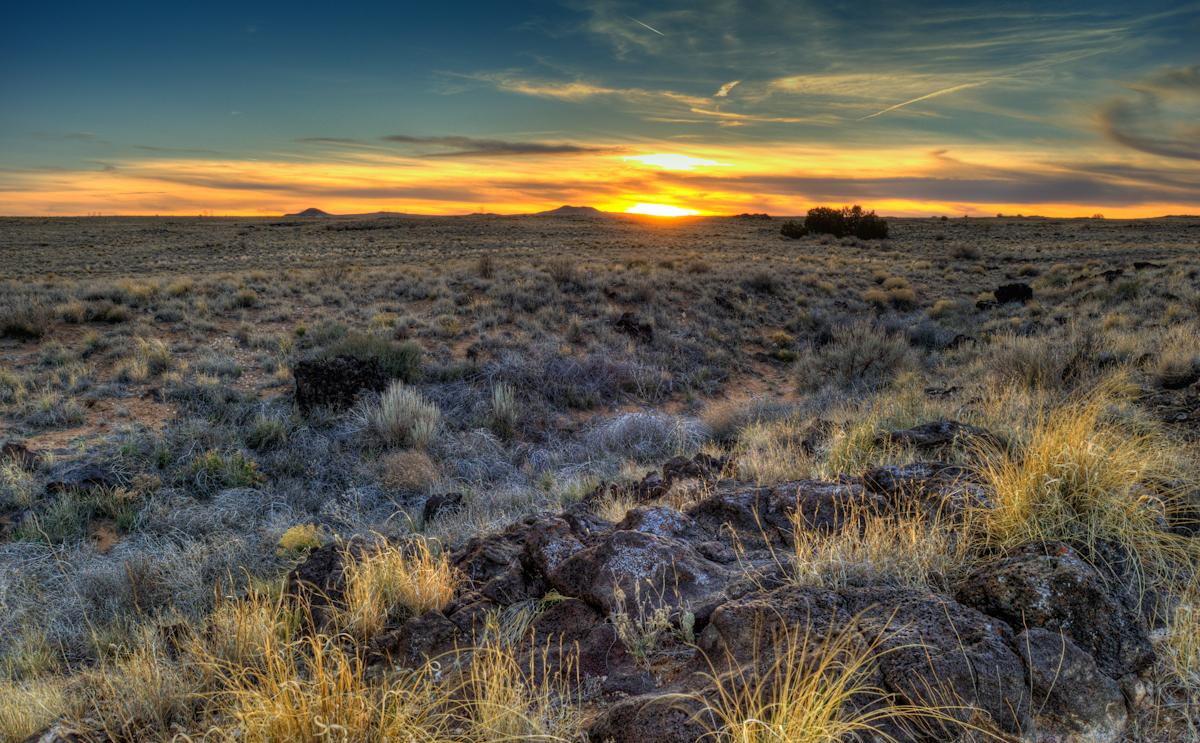
In 2009, the remains of 11 women were discovered buried in the desert on Albuquerque’s West Mesa, believed to be victims of a still-unknown serial killer. This harrowing discovery, covered in various true crime podcasts and documentaries, brought national attention to issues of marginalized victims and unsolved crimes. The site remains undeveloped, marked only by makeshift memorials, but locals and visitors sometimes make the trek to pay tribute and reflect on the lives lost and the justice still awaited.
9. The Idaho College Murders Home – Moscow, Idaho
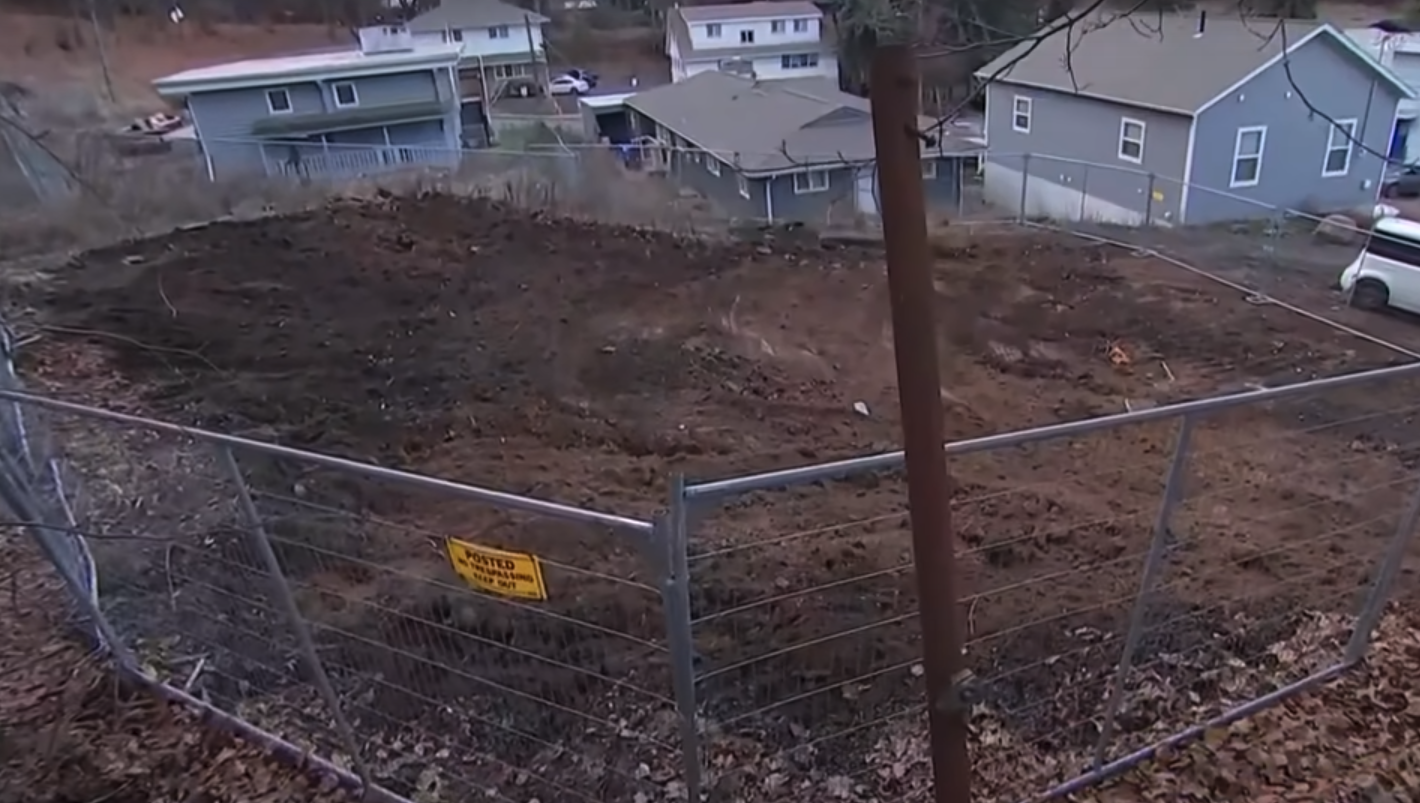
The November 2022 stabbing deaths of four University of Idaho students shocked the small town of Moscow and captivated a global audience. The off-campus house where the murders occurred has since become an eerie focal point for those interested in the case, which led to the arrest of suspect Bryan Kohberger. While the university has now demolished the house, it has drawn many true crime enthusiasts who are curious about the layout of the scene and the details still unfolding in the court system.
10. The Gilgo Beach Serial Killer Sites – Long Island, New York
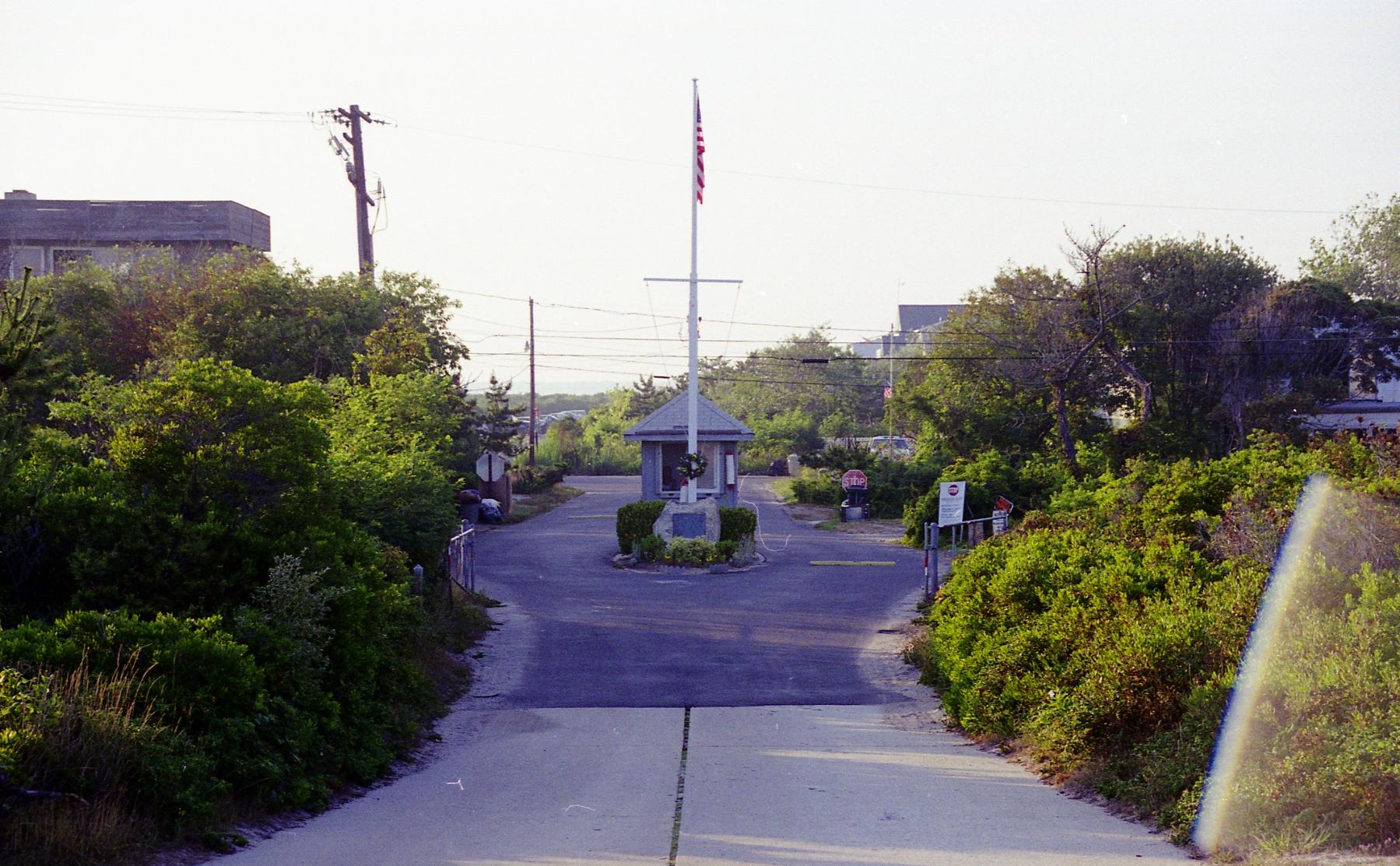
The long-unsolved Gilgo Beach serial killings, recently thrust back into the spotlight with the 2023 arrest of Rex Heuermann, have drawn renewed attention to the stretch of coastline where the bodies of at least 11 victims were discovered. The case has inspired podcasts, documentaries, and community efforts to support the victims’ families. While the sites themselves are unmarked and somber, visitors often explore Ocean Parkway and surrounding trails as a way to engage with the mystery and honor the memory of the lives lost.
11. The Long Island Mansion from “The Preppy Murder” – Central Park, New York City
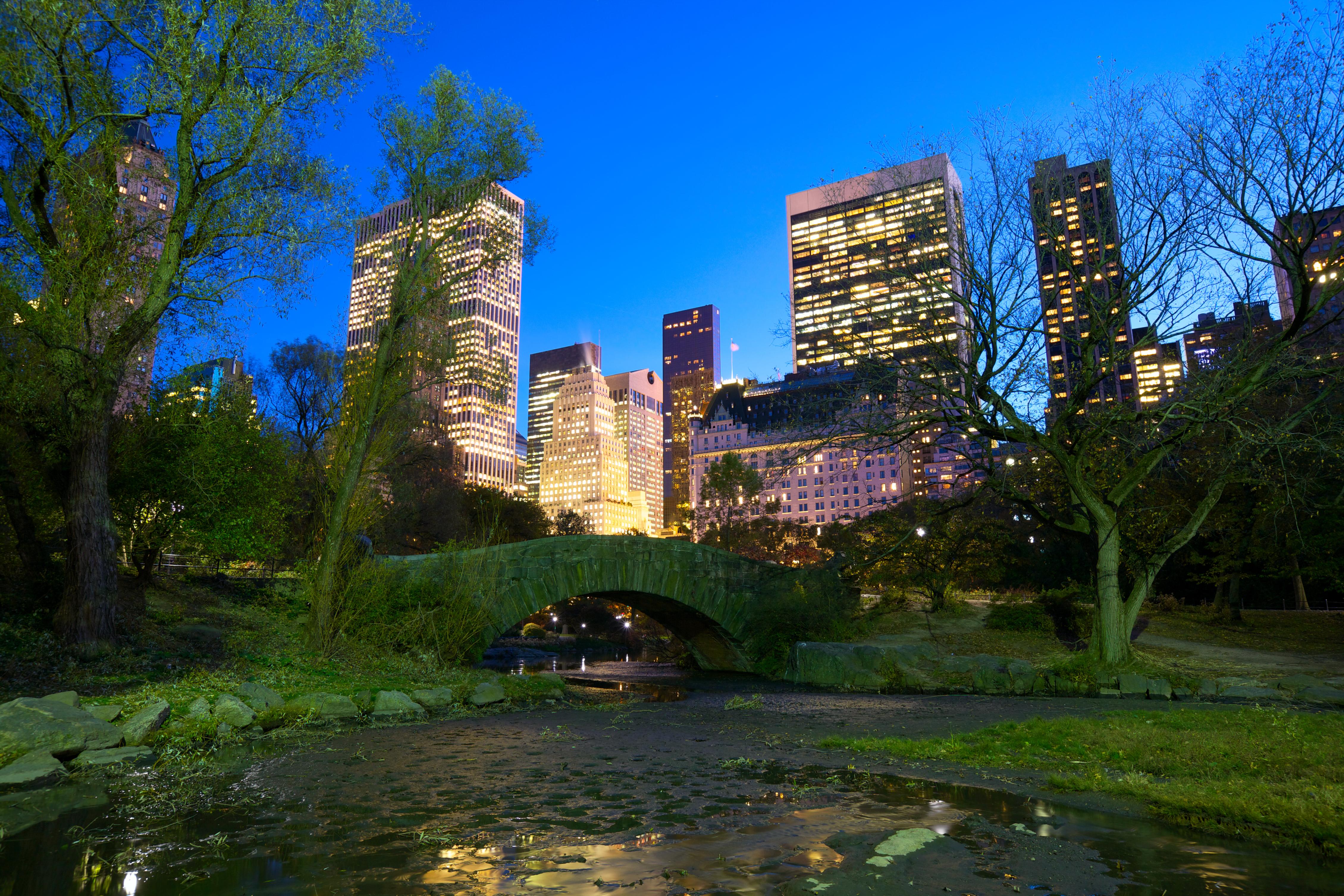
While Central Park itself has been the site of many crimes, one of the most infamous happened in 1986 when Robert Chambers killed Jennifer Levin after a night out. The story became tabloid fodder and was revisited in the 2019 documentary The Preppy Murder. Though the actual scene was Central Park’s Cedar Hill area, the nearby upscale Manhattan locations associated with the case, including the bars they visited and the apartments featured in news coverage, have taken on a dark fame for true crime tourists retracing the story.
The Ethical Dimensions of Crime Scene Tourism
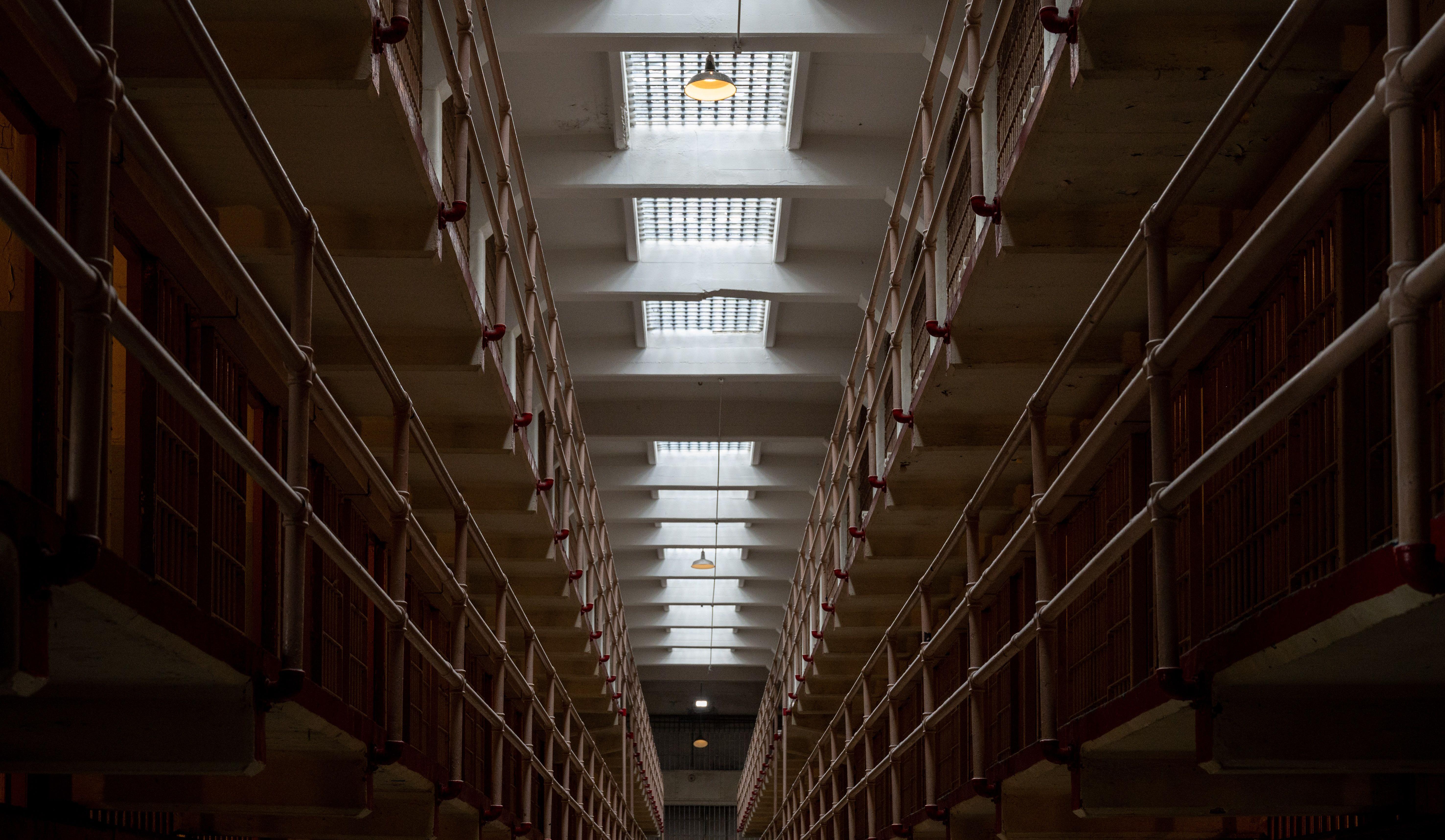
As we conclude our exploration of crime scenes as tourist attractions, it is important to address the ethical considerations surrounding this form of tourism. While these sites offer educational and historical value, they also raise questions about the commodification of tragedy and the potential for exploitation. It is crucial for tourists and operators alike to approach these sites with respect and sensitivity, acknowledging the pain and suffering associated with them. The challenge lies in balancing the public’s fascination with the macabre with the need to honor the memory of the victims and the lessons these sites offer. Crime scene tourism, when done ethically, can serve as a powerful tool for education and reflection, allowing us to confront the darker aspects of human history and learn from them. As the popularity of dark tourism continues to grow, it is essential to navigate these ethical complexities with care, ensuring that these sites remain places of learning and remembrance rather than mere spectacles.





